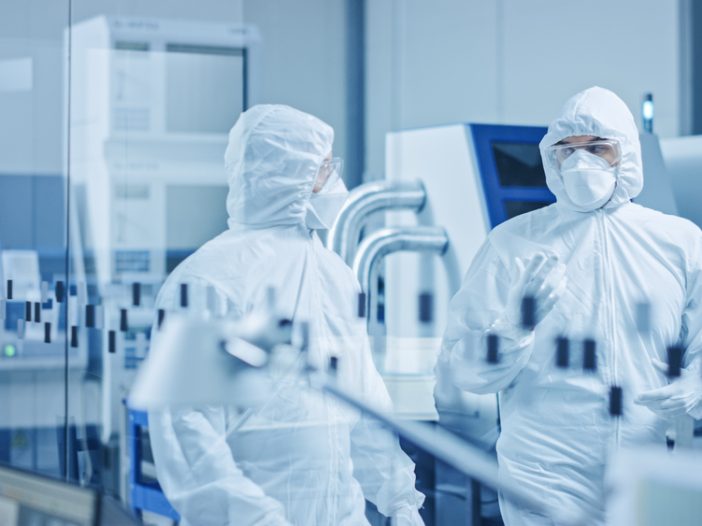
How the medical industry uses injection molding
Injection molding has the major advantage of being able to scale production up to a large extent. Its numerous applications exist in industries as diverse as automobiles, medical devices, and toys. The following three advantages of the Injection Molding machine are summarized below:
Injection Molding Machine advantages
Mass Production
The injection molding process is ideal for producing large quantities. The precise placement of vents and gates, welding lines, corner transitions, and more are important to pay attention to.
The manufacturing process is compatible with a variety of materials.
It is best to use Injection Molding because it is compatible with over 25,000 engineered materials, such as thermostats, silicones, resins, thermoplastics, and more. Polypropylene, ABS, Polyethylene, and Polystyrene are the most common materials used in these products.
The long-term cost of the project is low
The bottom line is that injection molding is a highly cost-effective method for mass production since it is ideal for high volumes. Furthermore, it generates less post-production waste and allows you to reuse the material, lowering its price even further.
Injection-molded products can develop fusion marks for a variety of reasons. What are these causes?
Innovations in injection molding and rapid prototyping continue to be driven by Xcentric, a part of the Quickparts family and a pioneer in on-demand manufacturing. We suggest these reasons why injection molded products get marks since we’re familiar with delivering a high-quality product on time and within budget.
- Other Reasons:
Injection or extrusion processes create linear marks on plastic parts by flowing one material stream at a time. Due to the non-complete fusion of the melt material at the interface, the plastic parts cannot become fused to one another, creating the fusion mark and compromising their appearance and mechanical properties.
- Elimination methods:
In order to reduce the fusion marks, it is necessary to reduce the possibility of “post-splitter convergence” in the process of injection or extrusion as a factor contributing to the formation of fusion marks. One can reduce and eliminate this phenomenon by implementing the following measures:
- Temperature improvement for molds
- Speed up or slow down injections
- comprehensive exhaust
- Be sure to keep the mold’s surface clean
- Adjusting the filling pressure and injection pressure
- Set a reasonable gate position
Can you tell what standard your medical syringe injection molding factory should follow?
1. Treatment of plastics
As a result of its lipid base and hydrophilicity, PET particles are highly sensitive to water at high temperatures. If the moisture content of PET exceeds a certain level, the molecular weight decreases. It is necessary to dry the material before processing it in this case.
2. Injection molding machine selection
The melting point of PET is high, and the time it takes to melt is short. Injection systems with a more temperature-controlled cross section and less self-heating are therefore preferred during plasticization. The product should reach a maximum weight of two thirds of the machine’s injection volume.
3. Mold and gate design
A 12 mm thickness insulation board separates the mold from the Injection Molding machine, and this insulation board can withstand high pressure. Generally, exhaust ports are not deeper than 0.03mm; otherwise, it is easy to generate flash due to overheating or fragmentation. Using air injection, it is possible to measure melting temperature. It is possible to enhance gf-pet at 270-295 °C and 290-315 °C at 270-295 °C
5. Injection speed
Injection speeds are generally fast, preventing early coagulation of injections. The material becomes vulnerable when it is sheared at a high rate but not too fast. Most ejections are completed within four seconds. In order to avoid perforation, back pressure must be low.
Medical products made using injection molding.
Anesthesia Mask
The anesthesia mask has come up with a medical-grade, clear PVC. It features a check valve. Also, it is 100% latex-free. This product is used in conjunction with anesthesia breathing circuits that are disposable. These products are primarily non-reusable and single-use.
A silicone or rubber anesthesia face mask covers both a patient’s nose and mouth during anesthesia. During, after, and before anesthesia procedures, face masks help to administer O2, N2O-O2, and/or other inhalation anesthetics. There should always be several sizes of face masks available due to the variety in size and shape of faces. A newer type of anesthesia face mask made of medical PVC and inflatable cuffs is becoming increasingly popular.